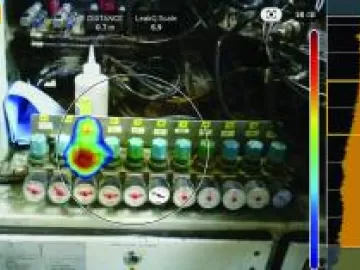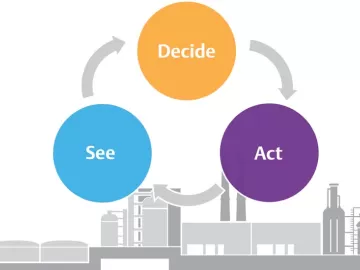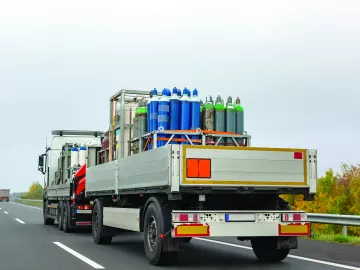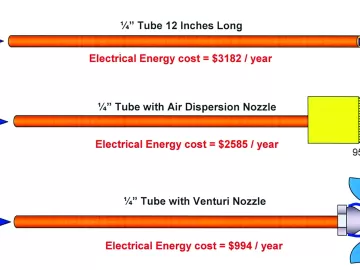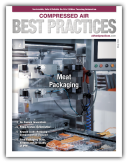Optimizing Today’s Pneumatic Systems
In the last ten years, the design of pneumatic systems has changed dramatically, mainly due to developments in the technologies that create them. Pneumatic manufacturers’ online tools for sizing components have evolved, the fieldbus systems are ever-changing, component designs are constantly improving, and network devices such as the Industrial Internet of Things (IIoT) have reshaped the industry. All these advances play a large role in optimizing the efficiency of pneumatic systems, but the age-old practice of routine maintenance must not be overlooked. This article will focus on proper air compressor sizing, proper pneumatic component sizing and predictable preventative maintenance.


